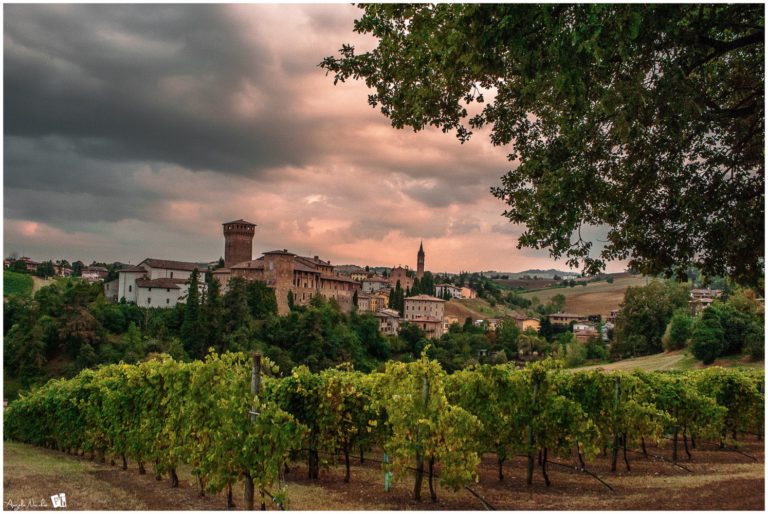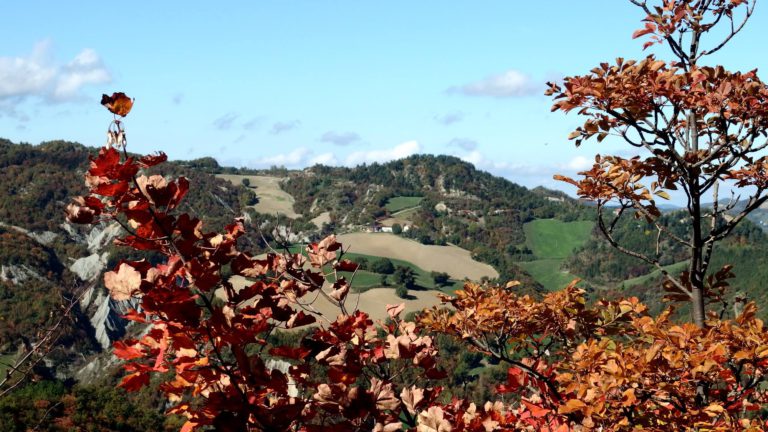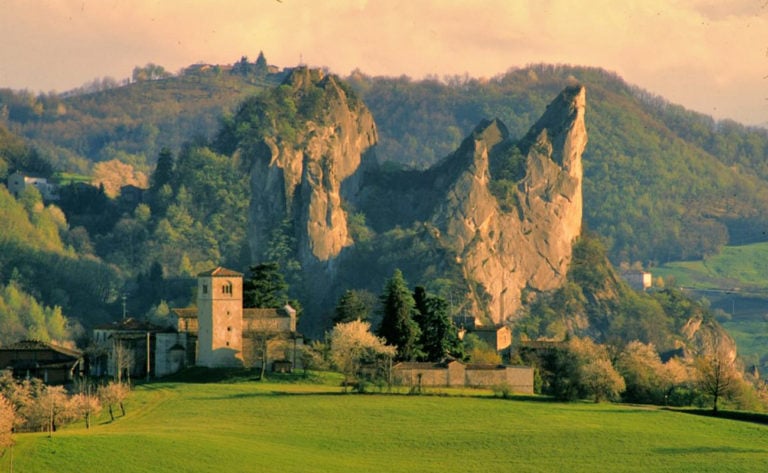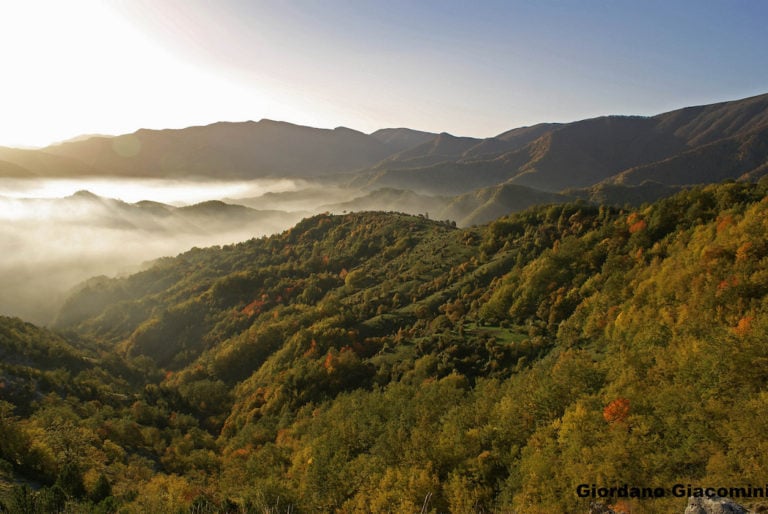Located in the historical area of Romagna Toscana, Bagno di Romagna is a spa and tourist town in the Tuscan-Romagna Apennines, just 50km far away from Forlì, surrounded by the National Park of the Casentino Forests, Mount Falterona and Campigna.
Bagno di Romagna is the ideal place to get back into shape and spend an active, relaxing holiday. It is famous throughout Italy for its thermal springs capable of attracting countless Italian and foreign tourists every year. The alkaline hyperthermal waters – rich in sulphur, bicarbonate and other minerals – emerge from the source at 47° C. Therefore, do not be surprised if the ancient Romans – as the Roman poet Martial tells – praised this location as a pleasant place to stay.
The territory is varied, well preserved, stimulating, rich in history, art, mountains, and forests for peaceful walks or those with a passion for trekking, as well as abandoned valleys and lakes. Your stay is guaranteed by comfortable hotels, farms, holiday farms, residences and a variety of gastronomic proposals.
This is why the Touring Club has awarded Bagno di Romagna the prestigious “Orange Flag”, a sign of excellent tourist and environmental quality.
It has recently also entered the Club of the most beautiful Italian Villages in Italy.
History
Although the very oldest finds date back to the Stone Age, the most fascinating period of the Bagno di Romagna history begins during the Roman era when the poet Martial sang the therapeutic virtues of the hot thermal waters.
In the Middle Ages, the Counts of Guidi di Bagno built the fortresses of Corzano and Montegranelli to protect Bagno di Romagna. These were the strategic points for controlling the area, and they were more important than the town’s commercial hub in the San Piero in Bagno district, located in the valley floor along the Savio river and built in the 13th century as a “market”.
It was only when Corzano was overrun by the Landsknechts mercenaries in the 16th century that San Piero grew in size and importance to become the municipal centre, although the Bagno di Romagna name was retained.
What to see
Bagno di Romagna is a favourite slow-tourism destination. Its thermal springs and lush rural setting make it an ideal place for savouring the pleasures of easy country living and, especially, fine dining. It’s also a charming romantic spot to whisk your significant other off to for a dreamy weekend.
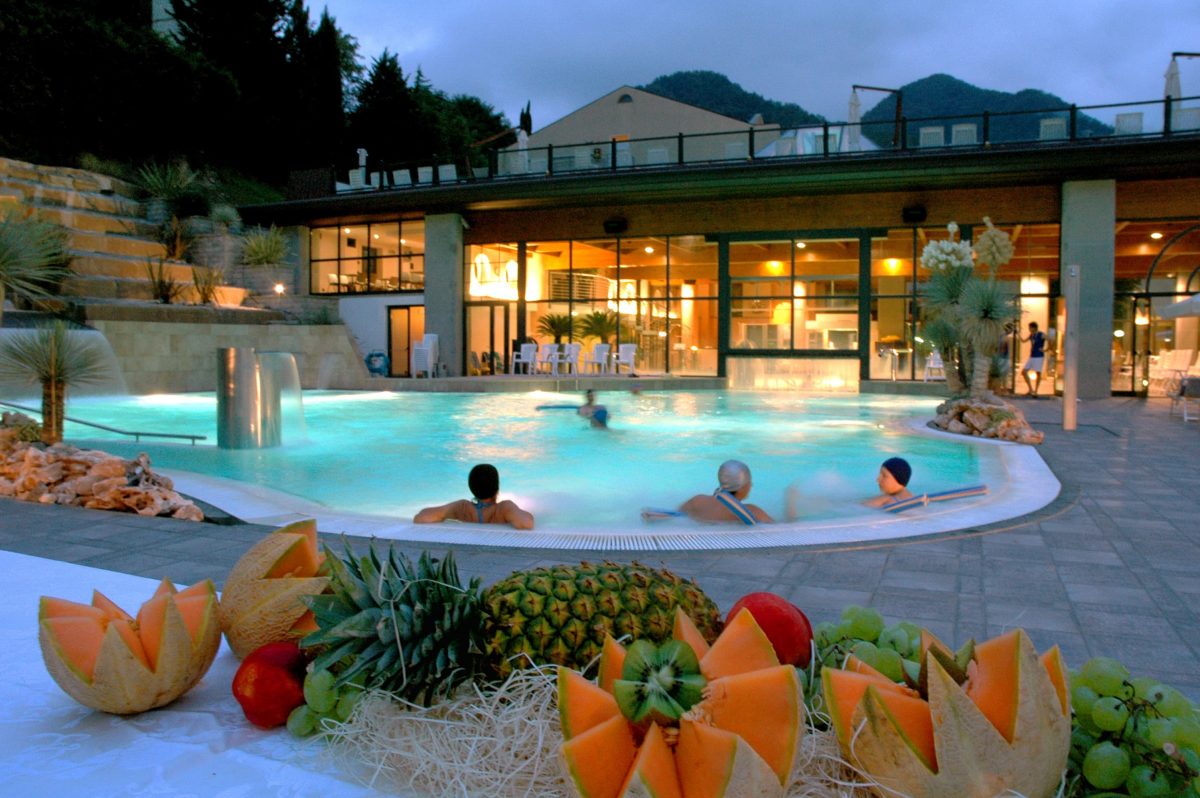
Ròseo Euroterme Hotel e Wellness Resort | Photo © Archive Photo of Bagno di Romagna
Art lovers won’t be able to resist a visit to the Palace of The Captain where events and exhibitions are held and the city library and archives are based. The Basilica of Santa Maria Assunta, which looks on to the main square, is the town’s main landmark; it was founded in 860, and its current form dates back to the Renaissance.
What to do
SUMMER
– a trip to National Park of the Casentino Forests, Mount Falterona, and Campigna is a good way to shelter from the beating sun and enjoy a picnic deep in the country. The Lama Forest and Sasso Fratino reserves in the heart of the Forest are lovely areas to explore;
AUTUMN
– this is a great time to go to the woods. The mushrooms and truffles are ripe for collecting, or, if you’d rather someone else did the legwork, you can just enjoy them in a local restaurant;
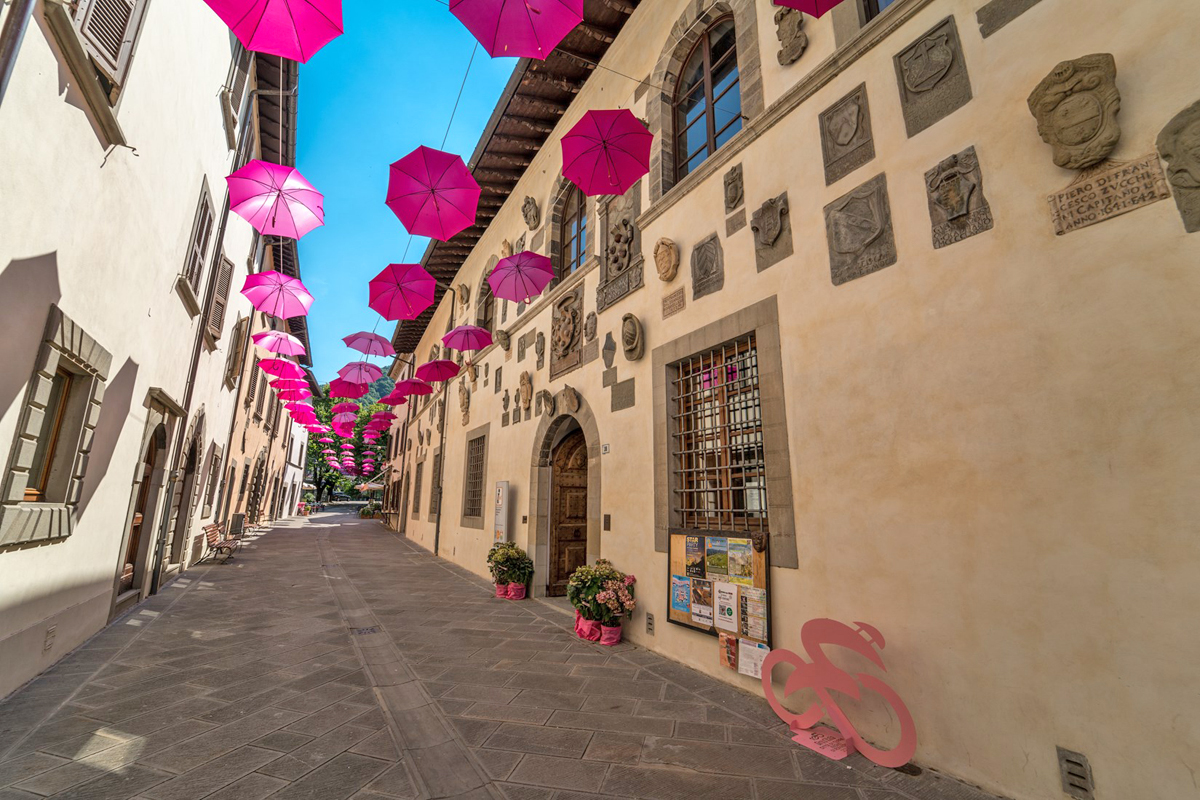
Bagno di Romagna | Photo © romagnatoscanaturismo.it
WINTER
– The cold often brings bothersome ailments in its wake, but the best way to keep them at bay is by luxuriating in the regenerating 47 °C thermal waters! When you watch the snowy mountains floating on the steamy water, the stress of the city seems a world away;
SPRING
– there are so many beautiful spots in the area worth photographing, from Chiardovo spring to the lakes of Mount Comero and the mule track to Corzano and dam and the lake of Ridracoli Just grab your camera, get on a bike, and let your adventure begin!
Events
SUMMER
– every year, at the end of July, the Captain’s Days are celebrated. It’s a historical re-enactment linked to the settlement in the Val di Bagno, of the Captains, on behalf of the Republic of Florence;
AUTUMN
– on October Sundays, the good folk of the Selvapiana district celebrates the Monte Comero chestnut crop with an array of events and food stalls. For true lovers of autumn colors, the Fall Foliage Festival in the heart of the Casentinesi Forests is not to be missed;
WINTER
– Bagno di Romagna has a fair for gnomes, too! The Fair of the Gnomes is a must with games, craft markets, wine tastings, and a whole host of traditional local foods to try;
SPRING
– at the Spring festival at San Piero in Bagno (late April to early May), over 60 stands present gardening gear, arts and crafts, ceramics and pottery, garden and pot plants, and wild and organic foods from berries to mushrooms.
Food and Wine

Like every little town in these parts, Bagno di Romagna has a panoply of tasty dishes to savour! But it is only here, where the traditions of Tuscany and Emilia-Romagna come together, that you find basotti, rather special baked noodles served in broth (here’s the recipe). Other local flavours include Tortelli alla Lastra and raviggiolo, a sublimely simple cheese and a slow-food favourite.
Pilgrim paths and walking trails
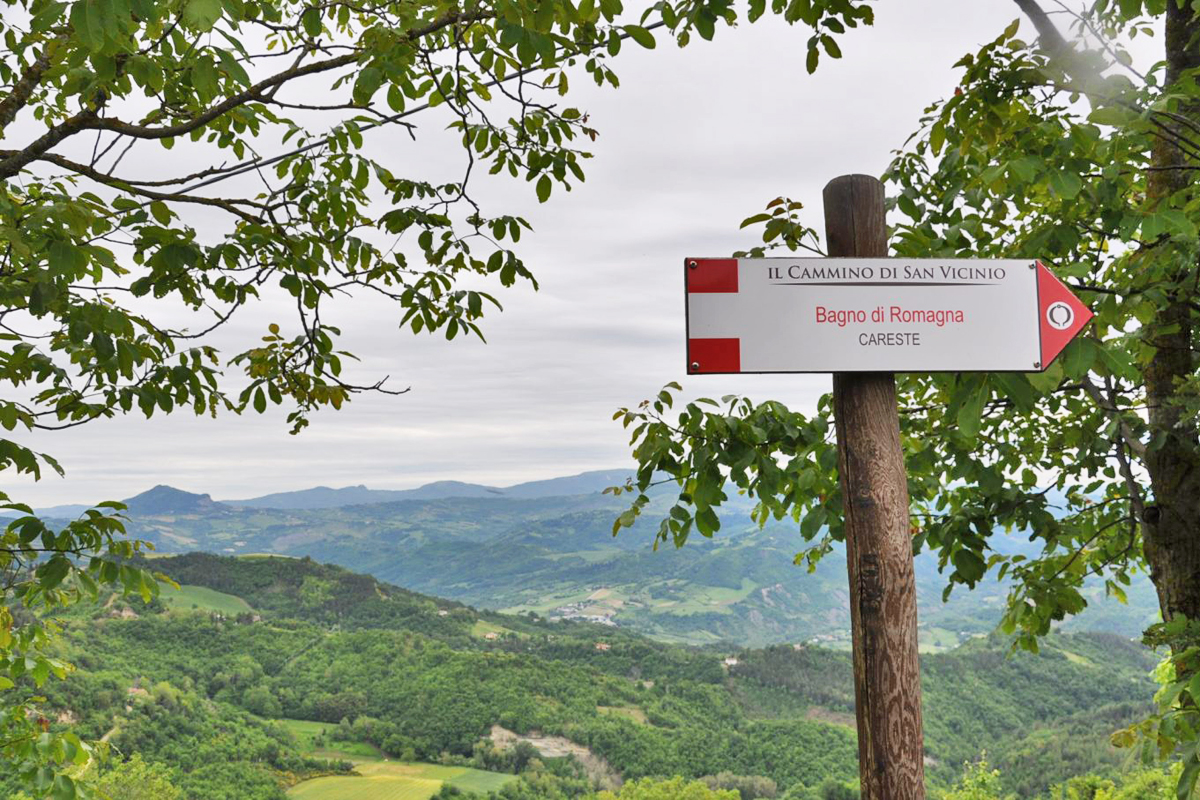
St. Vicinius’ Way | Photo © Associazione-Cammino San Vicinio
Slow-tourism fans will enjoy the two local hiking trails, namely the Romea Germanica Way and the San Vicinio Way.
How to get to Bagno di Romagna
Located between Tuscany and Romagna, Bagno di Romagna is about 50 km away from Cesena and 65 km away from Arezzo. It is advisable to reach it by car, proceeding along the 3 bis Tiberina state road (SS 3 bis), better known as the E45: to the south, you arrive from Rome, Perugia, and Città di Castello; to the north, it can be reached from Cesena.
The [Emilia Romagna Villages] section is dedicated to Villages that are part of the Associations Borghi più belli d’Italia, Bandiere Arancioni del Touring Club & Borghi autentici d’Italia.
Author

Arturo Castellini
I am a curious explorer from Emilia-Romagna and usually spend my time planning my next trip, searching for the most authentic traditions of the Italian hinterland.
You may also like
The “Orange Flag” Villages in Emilia-Romagna
by Arturo Castellini /// December 21, 2017
Emilia Romagna Slow | Saint Vicinio Way
by Walter Manni /// May 15, 2017
5 natural spots to discover in Emilia-Romagna
by Elisa Mazzini /// September 19, 2016

Interested in our newsletter?
Every first of the month, an email (in Italian) with selected contents and upcoming events.

